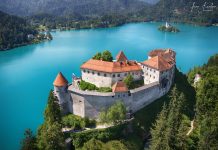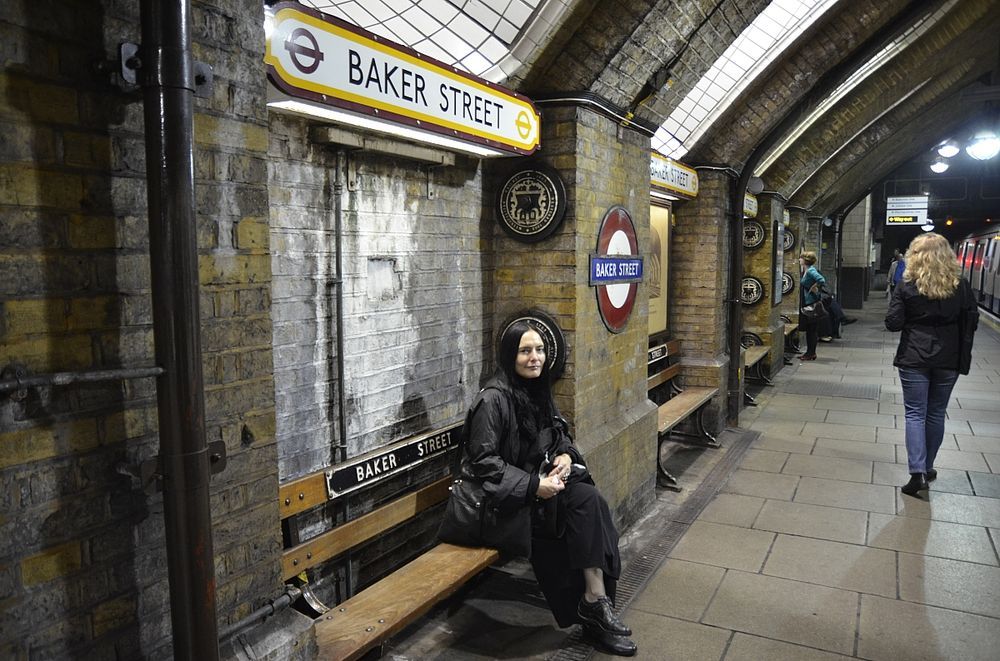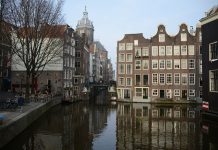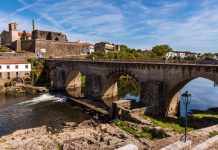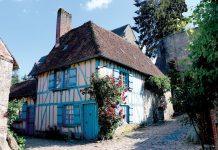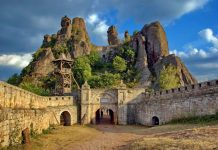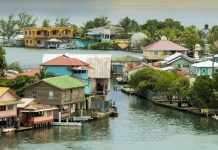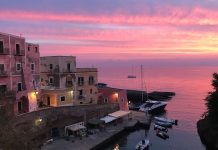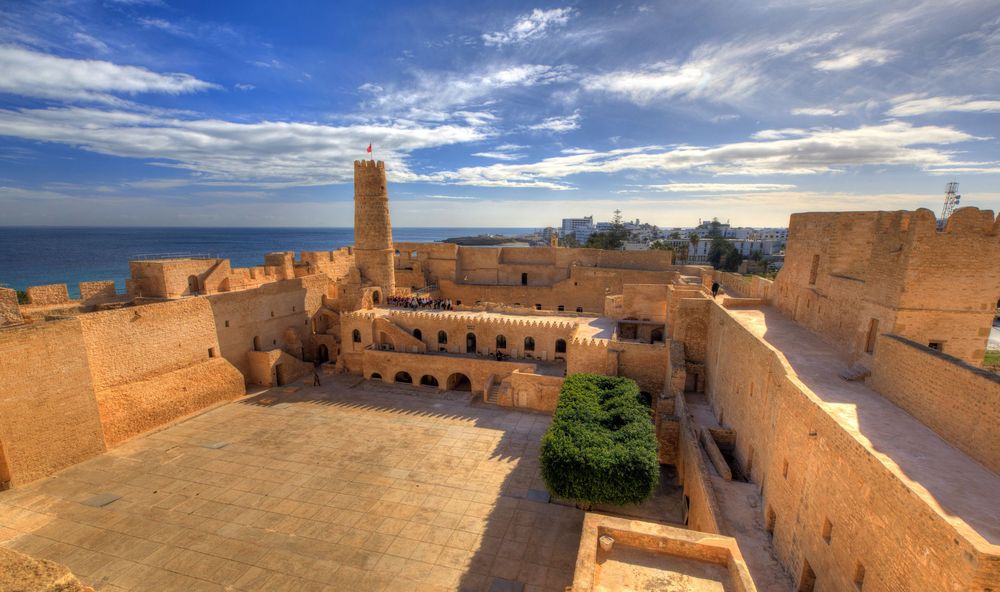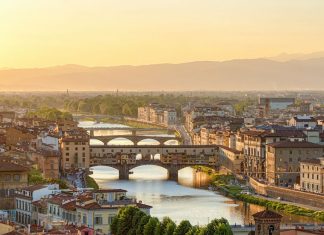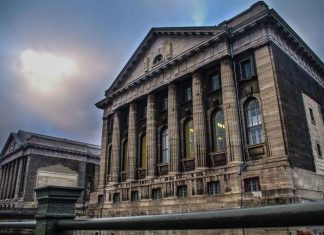Monastir, a major seaside resort, is located in the southern end of the Gulf of Hammamet. Its tourist development is due to a host of advantages offered by the city and the region.
History
Monastir is ancient Punic Rous Penna, which the Romans transformed into Ruspina. It was used as a support base in Caesar’s African campaign, and was protected by three enclosures the traces of which are still visible. Following the Arab conquest, a ribat- a fortified monastery for priest-warriors – was built here, as was the case in Sousse and elsewhere. Finally, the Turks turned it once more into a military stronghold.
The Ribat
This 8th-century ribat is a sumptuous building with crenellated battlements. In the 9th century, it was integrated into more powerful fortifications. It is characterised by a polygonal tower decorated with arches and a frieze, a two-sided gate at the bottom of the tower, guards’ quarters, a courtyard lined with two and three floors of cells, and the nador – a high watchtower. The so-called women’s ribat was most probably the prayer hall. Many films have been made here, including Jesus of Nazareth. Some of the film-sets may still be seen.
The Museum
This fascinating museum is located in the ancient prayer hall and in other rooms. There is interesting objects from various eras and origins: ancient cloth dating from between the 5th and the 9th centuries, luminescent manuscripts, Koufi calligraphy manuscripts, 10th and 11th -century glassware, iridescent ceramic pottery from Iraq, Persian miniatures, bronze artefacts, gold and silver coins, bindings, jewellery and decorated woodwork. An Arab astrolabe built in Cordoba at the beginning of the 10th century is unique. There is also a rich collection of funerary stones and stelae.
The Great Mosque
This 9th-century mosque was enlarged in the 11th century.
Zaouia Sidi Douib
Made of a reinforced quadrangular enclosure with circular corner towers, the zaouia is the third ribat.
The Bourguiba Mosque
The building is inspired by the architecture of Hamouda Pacha Mosque in Tunis. This is extremely intricate work and a refined decoration. Eighty-six rose marble pillars hold the groined vault of the huge prayer room, which can welcome a thousand visitors. Golden mosaics decorate the mihrab, ornamented with small onyx pillars. The nineteen sculptured doors were made by artisans from Kairouan.
The Museum of Traditional Costume
This museum, where you can see some beautiful costumes, opened a few years ago.
The Souks
The souks are attractive and well kept, and are pleasant to stroll around. You can find very good quality items here – clothes, leather, copper and pottery.
Koubbat Sidi el Mezri
A pave courtyard precedes the koubba, a square domed building. On the facade, you can observe some very beautiful Koufi calligraphy.
The Bourguiba Family Mausoleum
This is a beautiful specimen of traditional decorative techniques consisting of a square tower surrounded with a marble pillar gallery covered by a gilded dome.
Adorned with geometric drawings in polychrome marble, the walls are also decorated with a fine ornamental plaster-work frieze. The doors are in brass. You can visit the Sidi Bouzid mausoleum, also part of the building.
The Kuriat Isles
Twenty kilometres from the coast of Monastir lie the Kuriat Isles. The largest isle is home to a number of fishermen. The sea-bed surrounding the isle is favourable for harpoon fishing.
A Charming Tourist Resort
Monastir is an important university centre. In addition to rich sites and monuments, it offers two magnificent golf courses. Its large Conference Hall hosts international meetings. Thanks to an ideal geographical position, a magnificent coast, large fine sand beaches, the purity of the sea water, the richness of its heritage and its friendly people, Monastir has become one of Tunisia’s most beautiful tourist resorts.
In addition to its international airport, various means of transport link Monastir with neighbouring Sousse and the rest of the country: buses, louages (shared taxis), private taxis and metros. The town has a beautiful marina with full yachting services. Luxury hotels are situated on the long Skanès and Dkhila coast. The area has forty-five hotels with a 20,000-bed accommodation capacity.
Various forms of entertainment have been developed. Café terraces and restaurants are numerous, and it is a great pleasure to relax in one of them. To make sure you enjoy your stay, there is a good choice of things to do, such as night-clubbing, recreational activities, cultural excursions and shopping. The region abounds with small villages, each of which has something of interest to offer the tourist.

